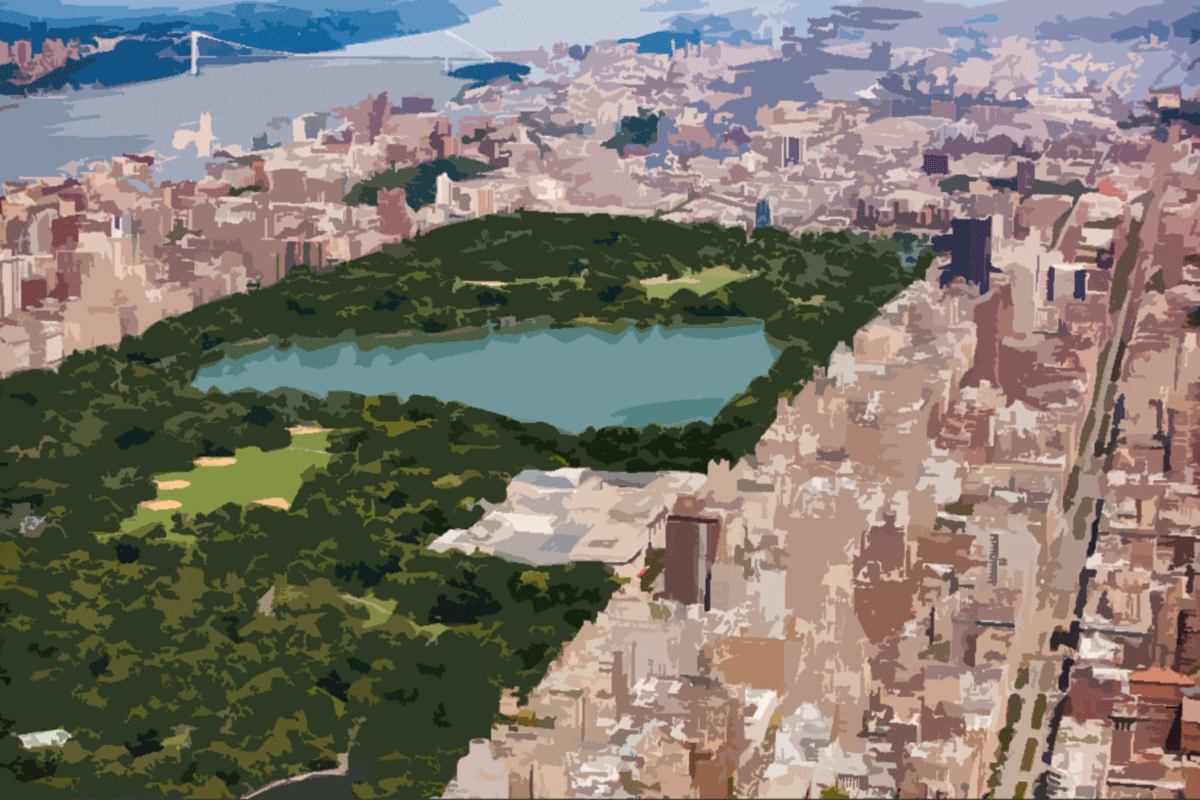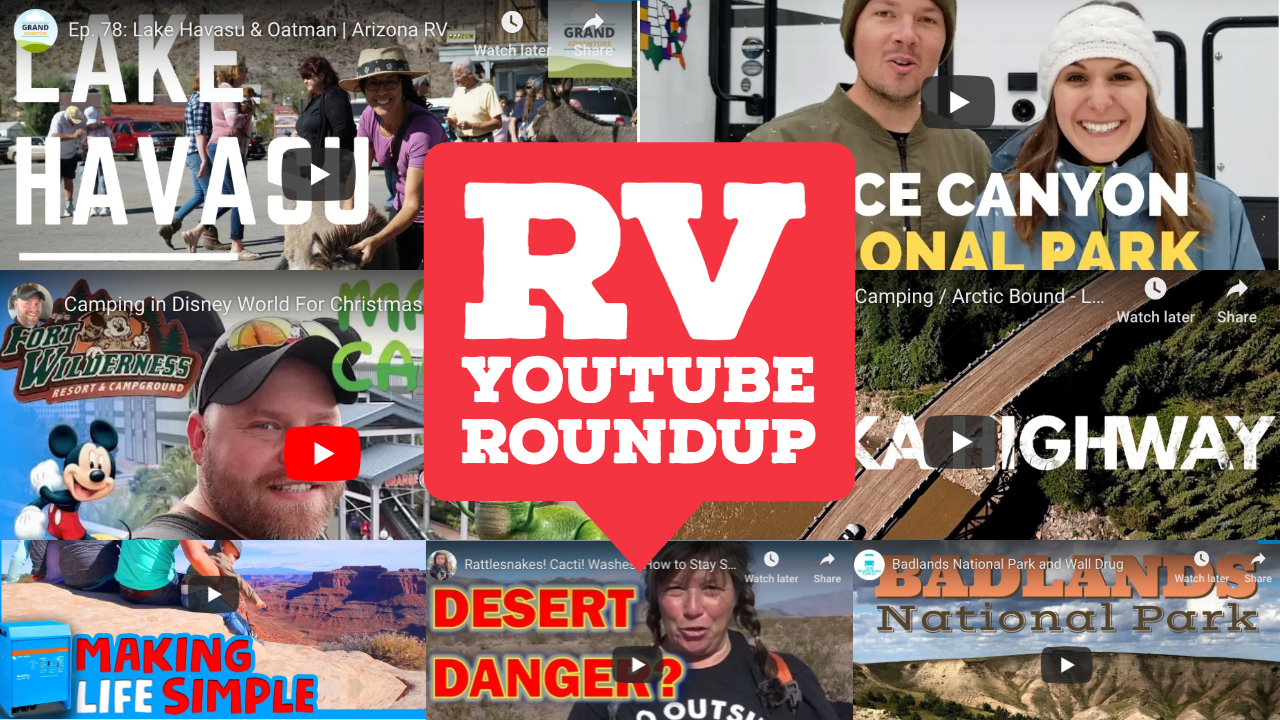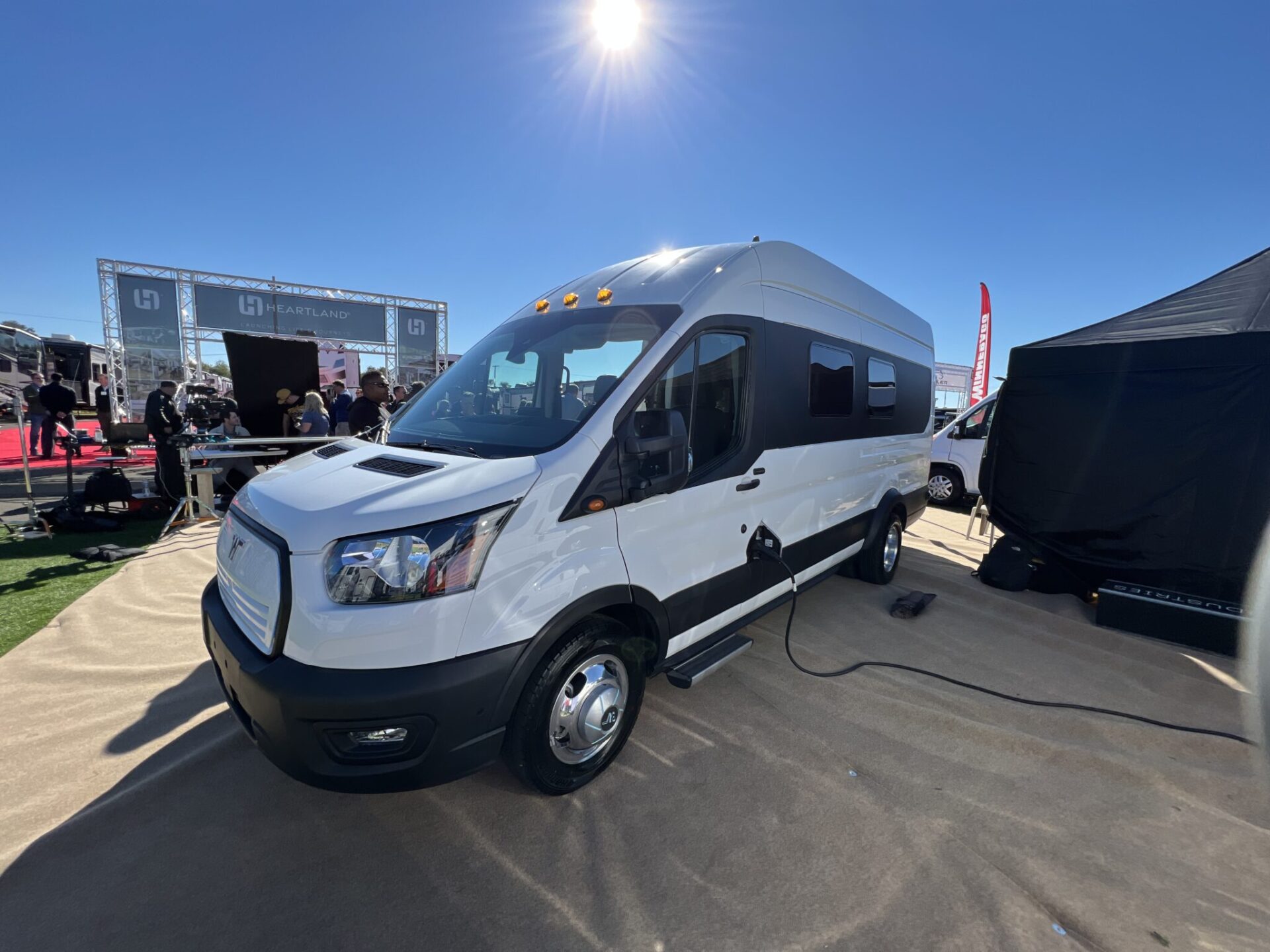This episode of the See America Podcast was written and hosted by Jason Epperson, and narrated by Abigail Trabue.
Listen Below:
Introduction to City Park:
Amidst the hustle and bustle of America’s largest city sits an incredible greenspace that just happens to be one of the most filmed locations in the world, appearing in over 350 films and counting over the years. It’s been home to dozens of iconic concerts, and is the second most visited tourist destination in America. Yet it’s so big, it never really feels too crowded. It also happens to be America’s first landscaped public park. It’s called – Central Park.
I remember vividly the first I set my eyes on New York City. I had flown into New Jersey’s Newark airport and took a train to Penn Station. I emerged from the underground terminal on a sunny summer day to the massive sea of buildings. I had lived for ten years in Chicago at this point, the birthplace of the skyscraper…but still, nothing prepares you for that breathtaking moment that you step on the streets of the Big Apple for the first time. The first building in front of me was the sleek open-glass New York Times building, which offers you this stunning realization that the events of the world are shaped on the island of Manhattan.
My first thought was that the sheer size of the place was overwhelming. The second was that I could never, ever, live there. The intensity of new york is constantly palpable, and you’re left wondering where the people that live there go for respite. Thankfully, the answer for many is the massive green rectangle plopped in the middle of the city – Central Park. Heck, even a tourist needs to get away from all the commotion after a day or two.
History of Central Park:
On July 21, 1853, the New York State Legislature enacted into law the setting aside of more than 750 acres of land central to Manhattan Island to create America’s first major landscaped public park; they would soon refer to it as “the Central Park.” Many socially conscious reformers understood that the creation of a great public park would improve public health and contribute greatly to the formation of a civil society. Immediately, the success of Central Park fostered the urban park movement, one of the great hallmarks of democracy of nineteenth-century America.
The design, one of the great masterpieces of American art, was the result of the 1858 competition won by Connecticut-born journalist and agriculturalist Frederick Law Olmsted and British-born and trained architect Calvert Vaux. They named their plan “Greensward” for their preferred landscapes of sweeping meadows and vast water bodies designed to appear limitless, while brilliantly belying the Park’s long and narrow rectangle within New York City’s rigid grid.
These grand pastoral scenes were carefully juxtaposed with the intimacy of picturesque woodlands featuring dense plantings, meandering streams, and dramatic rockwork arranged to include naturalistic caves, grottos, and cascades. Moving though these orchestrated views would be the antidote to the congestion and unforgiving pace of work and the crowded conditions in which much of the soaring population lived.
And because the designers recognized a need for civic socialization in their plan, they created a formal Mall, the grand elm-lined promenade and the main architectural feature, Bethesda Terrace, a two-tiered esplanade featuring elaborate carvings and a central sculptural fountain that eventually became Angel of the Waters when American artist Emma Stebbins was awarded the commission.
Visitors experienced these varied park scenes through a brilliant system of intertwined recreational roads: twenty-eight miles of pedestrian paths, six miles of undulating drives to be shared by both equestrians and carriages, and a rural bridle trail exclusively for horseback riding. Central Park’s six-mile tree-lined perimeter offered an urban promenade that acted as a buffer between the city and the Park. To ensure the safety and psychological peace of mind for all Park visitors, Calvert Vaux and assistant architect Jacob Wrey Mould created a series of ornamental bridges that separated walkways for quiet strolling from the faster horse and carriage traffic.
The design competition required the inclusion of “four or more” transverse roads that crossed the Park at intervals and was open to city traffic both day and night. The creation of four below grade roadways — 65th Street, 79th Street, 86th Street, and 96th Street — are Olmsted and Vaux’s most innovative feature. These external arteries, artfully camouflaged behind dense vegetation, ensured visitors the continuity of a purely rural experience within the boundaries of the Park.
Central Park was also designed as a vital cultural resource, offering flexible spaces for music and the visual arts, passive recreation such as sketching and birding, and active sports such as boating, ice-skating, baseball, tennis, and croquet, and an outdoor classroom for the appreciation and study of botany.
By the early twentieth century, the social, political and economic climate threatened the fabric of Central Park and caused its first serious decline. Robert Moses, Park Commissioner from 1934 to 1960, received federal funding for the restoration of many eroded landscapes and crumbling structures, and embarked on massive public programming for the post-Depression populace. His contributions included 19 playgrounds, ballfields, handball courts, and Wollman Rink. When he left office, however, there was no management strategy for maintaining those improvements or educating Central Park visitors in proper stewardship, and for the next two decades the second — and most devastating — decline took its toll on the fragile 843-acre Park.
Physically Central Park was in a chronic state of decay. Meadows had become barren dustbowls; benches, lights, and playground equipment were broken, and the one-hundred-year-old infrastructure was crumbling. Socially, the Park bred a careless, even abusive attitude as evidenced by unchecked amounts of garbage, graffiti, and vandalism. The perception — and in many cases, the reality — of Central Park was of a lawless and dangerous ruin. Despite a workforce of over three hundred Parks Department employees assigned to Central Park, there was no accountability. New York City had abdicated responsibility as Central Park steward and, as a result, this national treasure became a national disgrace.
To help remedy this troubled situation, concerned citizens George Soros and Richard Gilder, under the guise of the Central Park Community Fund, underwrote a management study of Central Park in 1974 by E.S. Savas, who was at that time a professor of public systems management at the Columbia University School of Business. The groundbreaking study proposed that two important initiatives be implemented to ameliorate the conditions in Central Park: one, that a chief executive officer be given “clear and unambiguous managerial authority” for all Central Park operations, and two, a Central Park Board of Guardians be created to oversee strategic planning and policy, thereby instituting private citizen involvement in their public park.
The study’s first proposal resulted in the appointment in 1979 of Elizabeth “Betsy” Barlow (now Rogers), a Yale-educated urban planner and writer, who became the newly created Central Park Administrator, charged with overseeing all aspects of Central Park’s daily operations, in essence the chief executive officer recommended in the Savas study. For four years before her appointment, Rogers had been overseeing the Central Park Task Force’s program for summer youth interns, eventually becoming the head of that small, private organization, financially separate from the city but existing under the the Parks Department.
Given her new official status and responsibilities as Administrator, Rogers first conceived of and then helped to create a revolutionary public-private partnership with the support of then Park Commissioner Gordon Davis that would bring private monies and expertise in partnership with the City of New York to manage and restore Central Park. In 1980, the two most prominent private advocacy groups, the Central Park Task Force and the Central Park Community Fund, merged to become the Central Park Conservancy — the citizen-based Board of Guardians that the Savas study had essentially recommended.
Under a Conservancy-funded master plan, the gradual restoration of those decrepit landscapes evolved, and success bred success. As the Conservancy showed its ability to protect and maintain its investment, many more private individuals, foundations, and corporations put their trust and their money into the restoration of Central Park. Between 1987 and 2008, the Conservancy led three successful capital campaigns toward rebuilding Central Park, ensuring the completion of the Park’s transformation. Most importantly, for the first time in Central Park’s turbulent history, the Conservancy created an endowment to ensure a sustainable green and healthy future for Central Park.
In 1998 a historic management agreement between the Conservancy and the City of New York formalized the then 18-year public-private partnership. In the years since, the Conservancy created innovative management practices to ensure that healthy new landscapes would have a skilled and dedicated staff to maintain them in a professional manner. The Zone Management System, which divided the Park into separate zones for managerial purposes, brought accountability, pride of workmanship, and clear and measurable results to the Conservancy and Parks Department staff. Central Park’s restorations gradually fostered important social changes in public behavior that returned the sanctity of public space to Central Park and ultimately to New York City at large. The American ideal of a great public park and its importance as a place to model and shape public behavior and enhance the quality of life for all its citizens once again defines the measurement of a great municipality.
Today Central Park has never been more beautiful or better managed in its 160-year history. More than 42 million visitors enter the Park each year to enjoy the landscapes and find respite from City life – continuing a tradition that began more than a century ago.
Visiting Central Park:
Central Park’s rectangular plot is bounded by Fifth and Eighth Avenues on the west and east, and 59th and 106th streets on the north and south. The perimeter of the park stretches six miles and contains within it twenty-six baseball fields, seven bodies of water, and fifty-eight miles of pathways.
2.5 million cubic yards of dirt and rocks were hauled in to build the actual park — almost none of the landscape, including the lakes, is natural, save for the giant stone boulders that are remnants of ancient glaciers.
The mall, which is also the widest walkway, is the only straight one. Olmsted and Vaux purposely made the paths and roads inside the park winding to give city dwellers a place where they could wander.
The 6.5-acre Central Park Zoo opened in 1934 and has grown to include over 1,400 animals, including sea lions, snow leopards, Antarctic penguins and polar bears. It’s one of 5 NYC zoos and it’s not the biggest, but it does tend to be the most convenient for most tourists.
The Metropolitan Museum of Art, America’s largest art museum, is actually located within Central Park and features a permanent collection of over 2 million works of art, including by the masters, such as Monet, Matisse, Gauguin, Renoir, Degas and Rembrandt.
Central Park is almost 6 times larger than Vatican City, but there are actually parks in New York City that are even bigger including Flushing Meadows-Corona Park in Queens and the Staten Island Greenbelt which comprises a 2,800 acre network of connected parks and trails.
Connect and Subscribe:
To learn more about the RV Miles Network, including the RV Miles and America’s National Parks Podcasts, visit RVMiles.com.
You can hear this story and more on the See America Podcast. Available on Apple Podcasts or wherever you listen to podcasts.
Want to chat about great travel destinations all across the US? Join the See America Facebook Group and don’t forget to follow See America on Instagram, Facebook, and YouTube.

See America is sponsored by Roadtrippers. America’s #1 trip planning app. Enjoy 20% off your first year of Roadtrippers PLUS with the code RVMILES2X.






